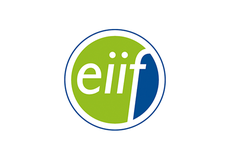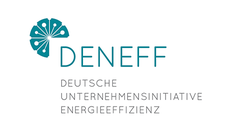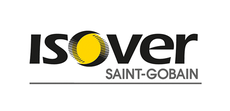Search eceee proceedings
White certificates as a tool to promote energy efficiency in industry
Panel: 1. Policies and programmes to drive transformation
This is a peer-reviewed paper.
Authors:
Dario Di Santo, FIRE, Italy
Livio De Chicchis, FIRE - Italian Federation for Energy Efficiency, Italy
Enrico Biele, Germany
Abstract
Energy efficiency obligation schemes (EEOs) are used in many EU countries as a policy measure to reach energy efficiency targets. Some of the first EEO (UK, Italy, France, Denmark) have been capable to reach positive results over the years, as clearly demonstrated by the ENSPOL project. The Italian mechanism, in particular, is an interesting example of white certificate scheme (WhC), since it is one of the most long-lasting schemes (operatively started in 2005), has ambitious targets, covers all sectors and energy efficiency solutions, and has many flexibility options in place (e.g. non-obliged parties, tradable market, bankability, etc.).
Another point of interest is Italian WhC development over the years. In the first phase, most of the projects were related to buildings with deemed savings as energy savings assessment method. Then the industrial sector rose constantly, till covering 80% of the savings in 2014, mostly assessed through metered savings procedures. In the last three years the buildings sector has started to recover, while metered savings have remained the most used energy savings evaluation procedure. This last development is mainly due to some regulatory decision and to the modification of the assessment of additionality for many industrial projects categories.
The paper will illustrate the reasons behind these developments, the issues that have arisen over the recent years, and the decisions taken to address them through a major redesign of the Italian scheme that has been introduced with new ministerial guidelines in 2017: many aspects – such as targets, baseline and additionality, saving assessment, and measurement, verification and control procedures – has been deeply affected. The paper will cover such themes, focusing in particular on the industrial side and highlighting themes like cost effectiveness, energy savings assessment, and how baseline and additionality have been dealt with over the years.
Downloads
Download this paper as pdf: 1-017-18_Di_Santo.pdf
Download this presentation as pdf: 1-017-18_Di Santo_pres.pdf















